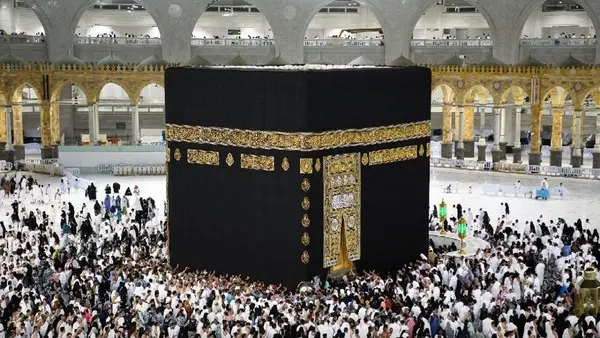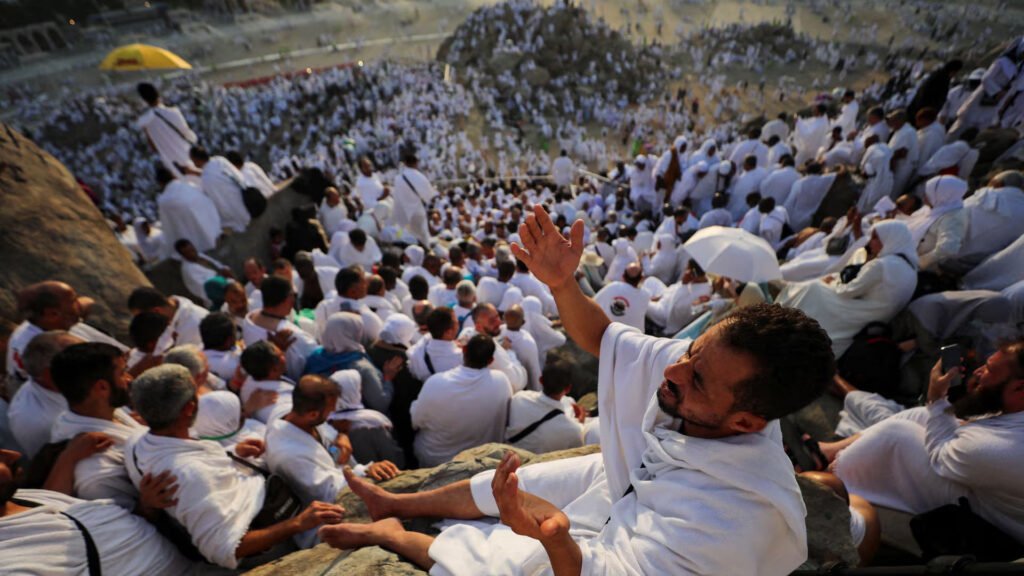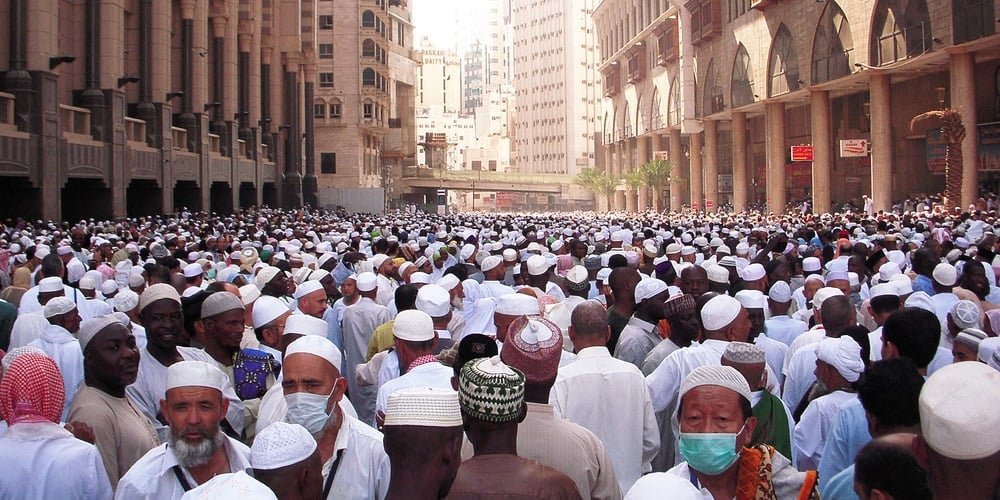June 10, 2025 | Dubai- Saudi Arabia brings into existence a 25-year Hajj calendar that will change the experience of the pilgrimage for millions of Muslims. It is highlighted that Hajj will not again fall in the summer until 2050. This is good news for avoiding the extreme heat for the next 25 years.The Hajj is the largest religious pilgrimage for Muslims worldwide.
Every year some millions of people arrive from around the world to begin these sacred rites in Saudi Arabia. The Hajj timing is related to the Islamic lunar calendar, which runs a little about 11 days shorter than the Gregorian calendar; hence, in reverse, Hajj dates start to run forward every year. Now that the Hajj Calendar has been launched, pilgrims and planners will be able to look into the future and see in which season the Hajj will fall.
Hajj Calendar Brings Cooler Seasons for Pilgrims
The new Hajj Calendar has set forth a drastic seasonal shift in the meeting times for pilgrimage. Hajj, from 2026 onward, will drift away from the scorching heat of summer. Instead, pilgrims will undergo a serene climate while going on their divine journey. For 25 years, this change will make Hajj safe and pleasant for all.
- From 2026 to 2033, the Hajj will take place in spring, between May and March.
- From 2034 to 2041, the Hajj season will fall in winter, from February to January, and later in December.
- From 2042 to 2049, Hajj will occur in autumn, between November and September.
- In 2050, Hajj will return to the summer months, specifically in August.

In this way, pilgrims will be able to escape the scorching summer heat for the next 25 years during their Hajj. Cooler and pleasant weather will instead be anticipated by them.
Benefits of the New Hajj Calendar
The new Hajj Calendar provides a slew of benefits for pilgrims and for the organization. Cooler weather will ease the journey, physically, especially for the elderly and those with health issues. This will reduce health risks and generally ensure a safer pilgrimage.
Other advantages include:
- Easier crowd management due to less heat stress.
- Better logistics and safety planning for authorities.
- Improved comfort for millions of pilgrims each year.

The Hajj Calendar also allows families and travel agencies time to plan ahead. Preparation and travel arrangements are smoother if the true seasons are known. Now, more people may be able to perform Hajj because the possibility of heat-related illnesses would be less.
Hajj Calendar Dates and Seasons: Detailed Pointers
Here are the seasons from the new Hajj Calendar:
- 2026–2033: Hajj in spring (May to March)
- 2034–2041: Hajj in winter (February to January, then December)
- 2042–2049: Hajj in autumn (November to September)
- 2050: Hajj returns to summer (August)

Each period offers alternate climatic features, and yet they are all calm partners to the summertime heat. The drifting of the season happens with the lunar calendar, which shifts the date of Hajj by almost 11 days forward every year.
Thus, the release of the 25-year Hajj Calendar is a major move by Saudi Arabia and the Muslim world. It guarantees a decent chance for millions of people to perform pilgrimage safely and comfortably. With no summer Hajj until 2050, there is every possibility to greet the pilgrims with the rites allotted to the cooler seasons. The Hajj Calendar will also be of aid to everyone in making effective plans and making this sacred journey a pleasant memory.
Also Read:
UAE Car Number Plate Prices: Why Some Plates Sell for Dh55 Million?
Why Young Employees Are Changing Jobs in UAE Faster Than Ever?
Have any thoughts?
Share your reaction or leave a quick response — we’d love to hear what you think!







